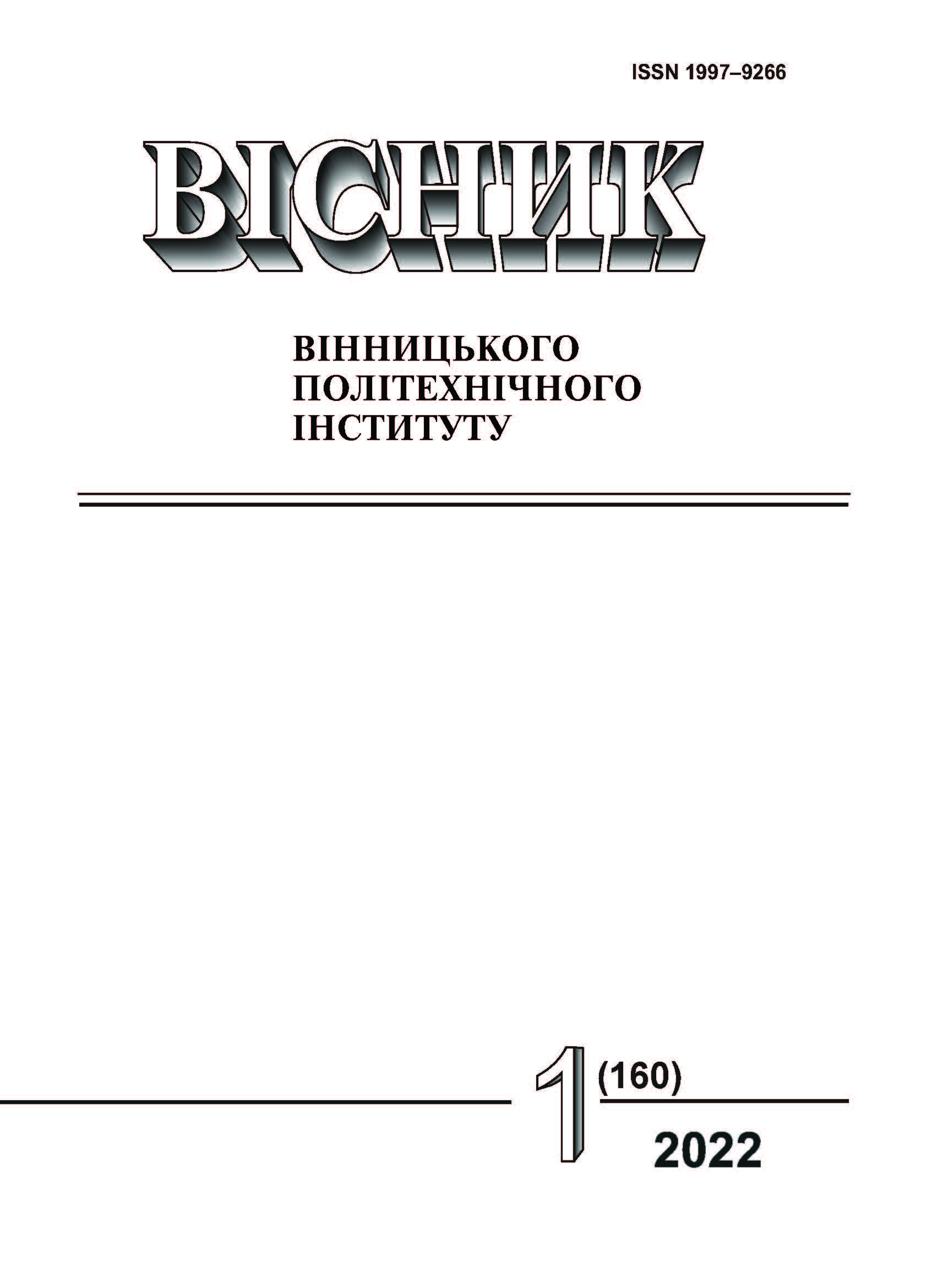Approaches and Requirement for the Design of Structure of Semiconductor Layer of Sunny Element
DOI:
https://doi.org/10.31649/1997-9266-2022-160-1-35-38Keywords:
sunny element, photo-electric transformer, volt-ampere description, initial power, output-input ratioAbstract
The existing models of the solar cell are considered and analyzed. It was established that the existing models investigate: the dependence of the normalized current density on the voltage when the thickness of the photoelectric layer of the photoelectric converter, photoelectric characteristics of the photoelectric converter depending on the temperature coefficient and different light conditions. The models show that with an increase in temperature, the value of the value of the utility coefficient, current, the fill coefficient of the volt-amperage characteristic is reduced.The analysis of models showed that a calculation over of basic electrophysics parameters (current of short circuit, tension of idling) was brought without the account of changes of size of area active to the perceiving surface of relief of semiconductor layer of photo-electric transformer. It substantially influences on the calculation of size of initial power and output-input ratio, and also the volt-ampere и volt of wadding reduces exactness and stability descriptions of sunny element. For the calculation of size of the real area of perceiving surface of semiconductor layer of photo-electric transformer, it offers to use the changes of properties of underlying structure of semiconductor layer of photo-electric transformer. A study of model of sunny photo-electric transformer is undertaken taking into account the general geometrical area of superficial semiconductor layer of photo-electric transformer. For research of influence of properties of the real perceiving surface on the initial parameters of photo-electric transformer, it offered to use a model a general geometrical area is taken into account in that. On results the design of photo-electric transformer by means of the program MathCAD, built by a volt-ampere descriptions of photo-electric transformer with a geometrical area and with the real areas of surface of photo-electric transformer. It is educed, that curves of volt-ampere description for the real areas of perceiving surface, differ from a curve for a geometrical topological area.It is proposed to calculate the area of the active receiving surface of the relief of the semiconductor layer of a photoelectric converter, based on the simulation of processes in the structure of the semiconductor layer of a photoelectric converter.
References
Н. В. Литвин, Н. В. Капустина, и В. Д. Власова, «Моделирование параметров элементов солнечных батарей,» Мониторинг наука и технологи, № 1 (43), с. 40-44, 2020.
А. В. Левшов, А. Ю. Фёдоров, и А. В. Молодиченко, «Математическое моделирование фотоэлектрических солнечных элементов,» Наукові праці ДонНТУ. Серія: Електротехніка і енергетика, № 11 (186), с. 246-249, 2011.
В. М. Евдокимов, и В. А. Майоров, «Методы расчета и исследование предельных энергетических и тепловых характеристик фотоэлектрических преобразователей солнечного концентрированного излучения,» Вестник ВИЭСХ, № 1 (26), с. 111-121, 2017.
Я. С. Буджак, В. Ю. Єрохов, и І. І. Мельник, «Прогнозування і розрахунок фотоелектричного перетворювача із заданими характеристиками,» Восточно-Европейский журнал передовых технологий, № 4/8 (52), с. 24-29, 2011.
Б. Н. Шарифов, и Т. Р. Терегулов, «Моделирование солнечной панели в программе MATLAB/SIMULINK,» Вестник УГАТУ, т. 19, № 4 (70), с. 77-83, 2015.
Downloads
-
pdf (Українська)
Downloads: 144
Published
How to Cite
Issue
Section
License

This work is licensed under a Creative Commons Attribution 4.0 International License.
Authors who publish with this journal agree to the following terms:
- Authors retain copyright and grant the journal right of first publication.
- Authors are able to enter into separate, additional contractual arrangements for the non-exclusive distribution of the journal's published version of the work (e.g., post it to an institutional repository or publish it in a book), with an acknowledgment of its initial publication in this journal.
- Authors are permitted and encouraged to post their work online (e.g., in institutional repositories or on their website) prior to and during the submission process, as it can lead to productive exchanges, as well as earlier and greater citation of published work (See The Effect of Open Access).





